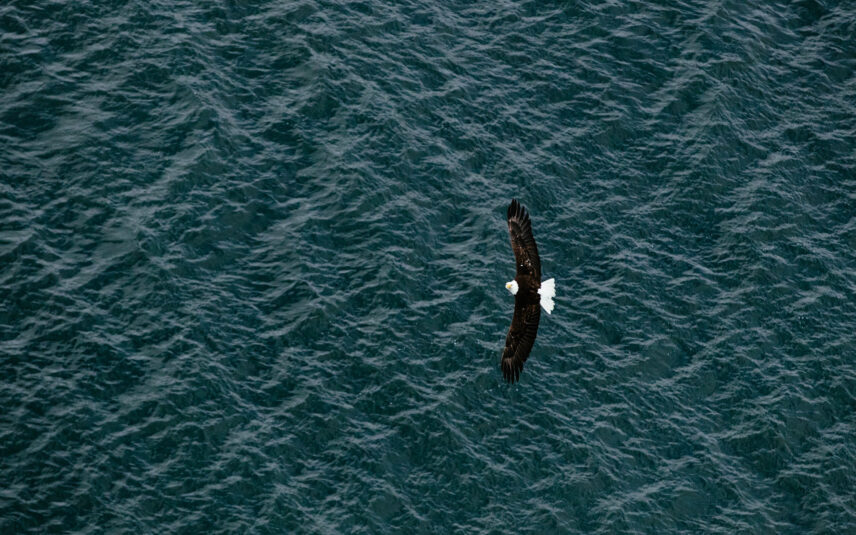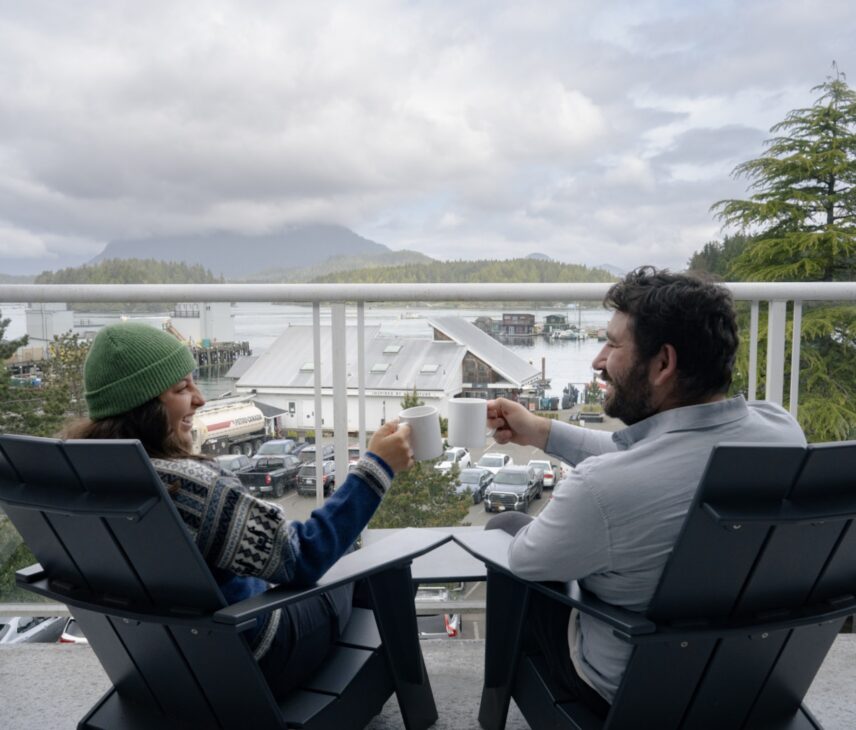
Dec 03, 2025
Tofino Hot Cocoa Trail: Nov. 28 – Jan. 4
Winter in Tofino comes with its own kind of magic: stormy seas, misty mornings, and now… a town-wide hot cocoa adventure. From November 28, 2025 to January 4, 2026, the…
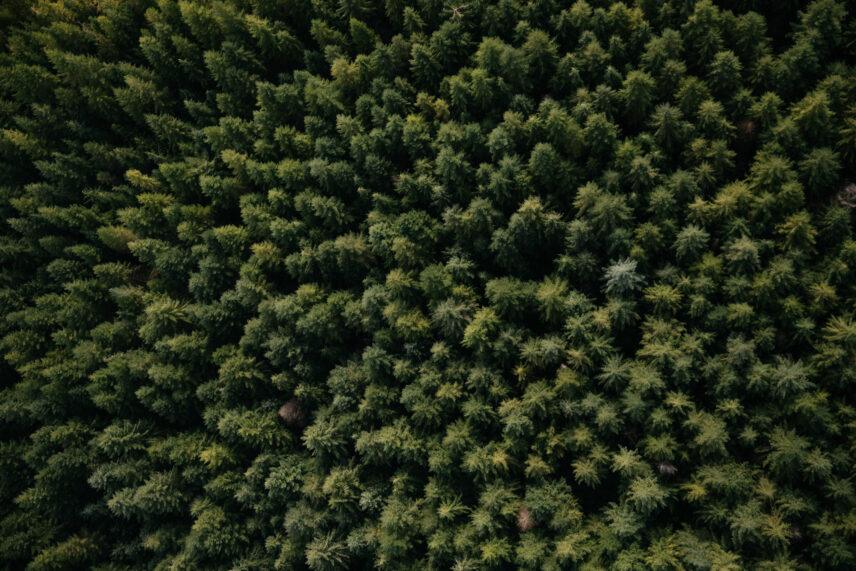
Dec 02, 2025
Why Evergreen Trees Feel So Timeless in the Holiday Season
There’s a certain comfort to walking through Tofino in December and realizing the forest hasn’t changed its outfit at all. While most of Canada sheds its leaves and settles into winter, our…
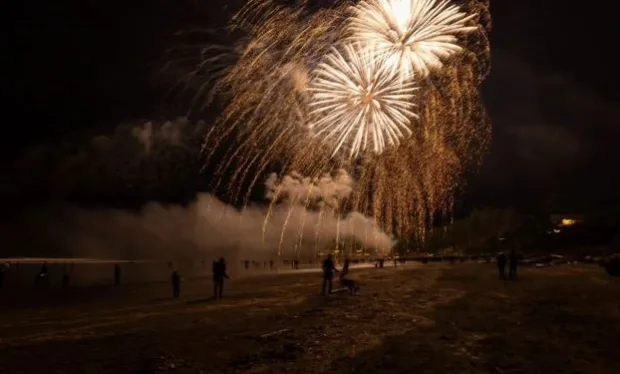
Nov 21, 2025
New Year’s Eve Fireworks: December 31, 2025
There’s something undeniably magical about ending the year on the edge of the Pacific. The roar of the waves, the salty air, and the glow of fireworks over Tofino’s…
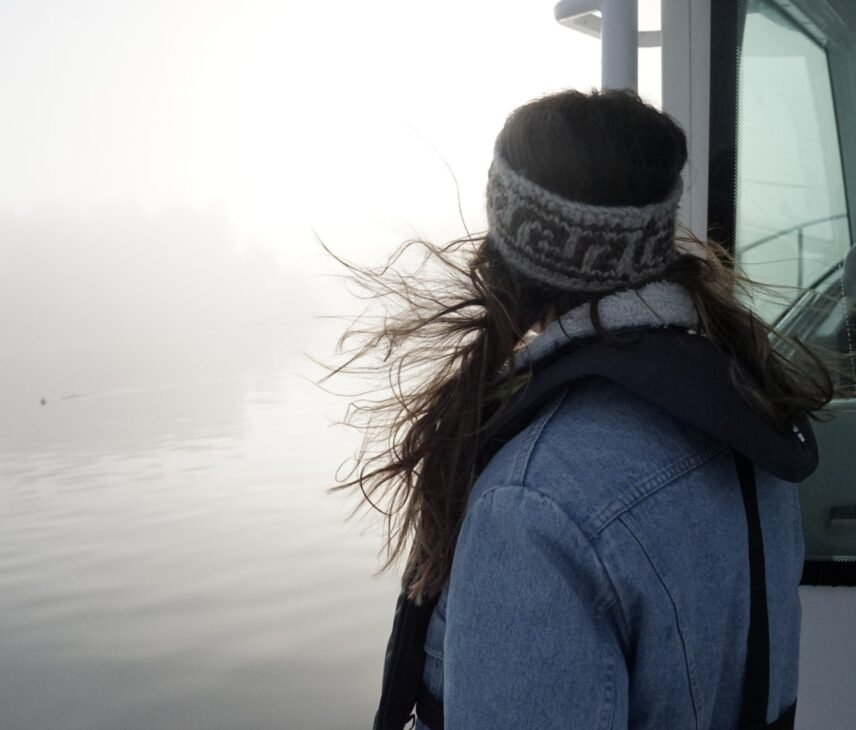
Nov 13, 2025
Your Guide to Winter in Tofino: Taking Advantage of The Cozy Season
You know it’s winter in Tofino when the crowds dwindle and the mist and rain roll in. The town’s rhythm slows, and while it may feel darker, quieter, and,…
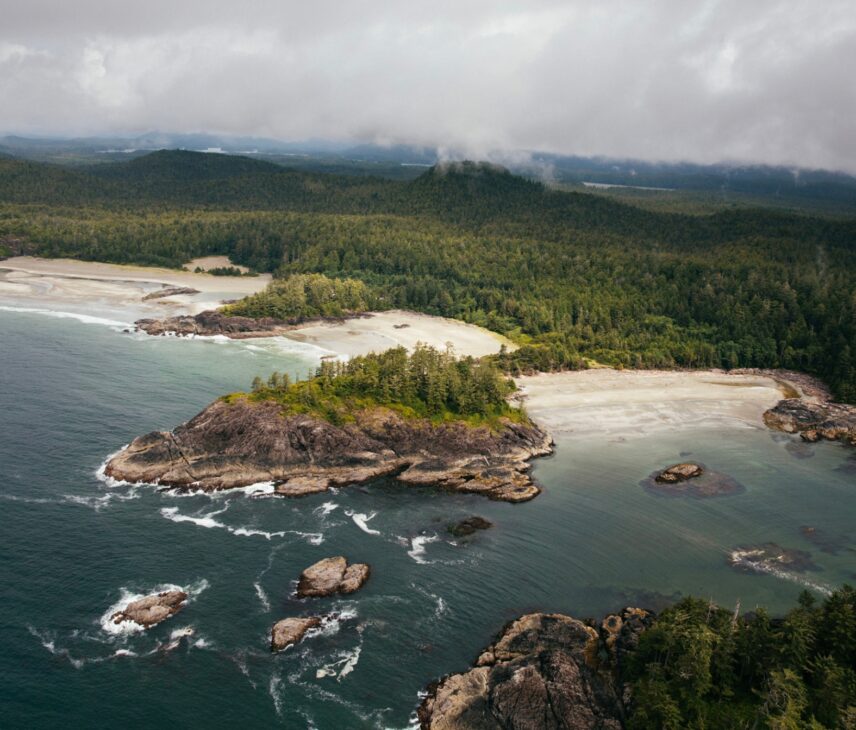
Nov 04, 2025
Tofino’s Ocean Oddities: Strange Things the Storms Wash Ashore
When the Pacific throws a tantrum in the fall and winter, Tofino’s beaches become a kind of natural treasure hunt. Storms don’t only rearrange sand, they deliver objects with stories:…
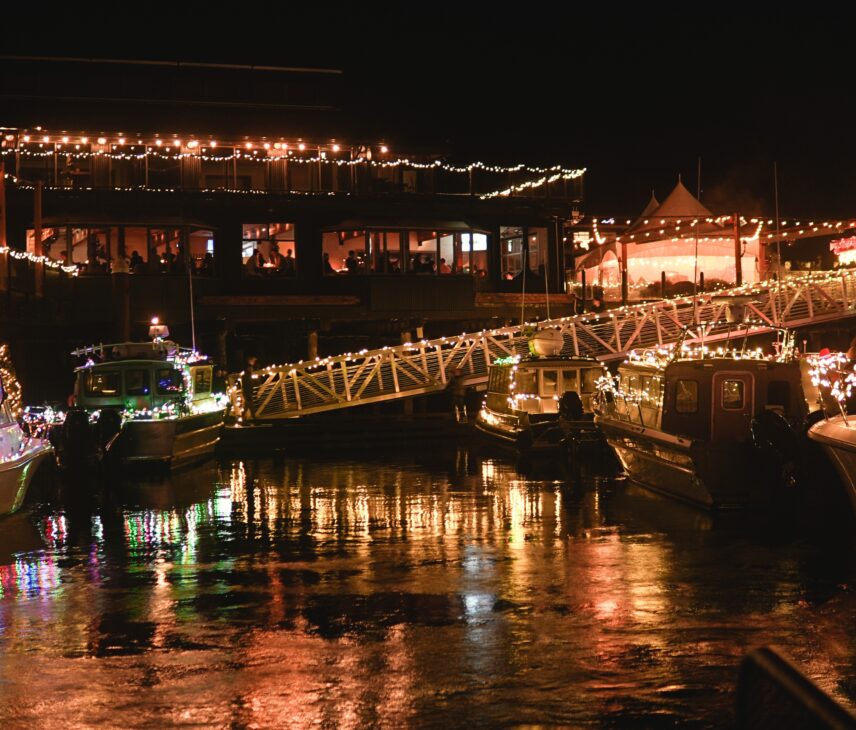
Nov 02, 2025
Sea of Lights – December 2026
Thank you to all who joined us for the 6th annual Sea of Lights, a beloved tradition at Tofino Resort + Marina where locals and visitors gather to toast…
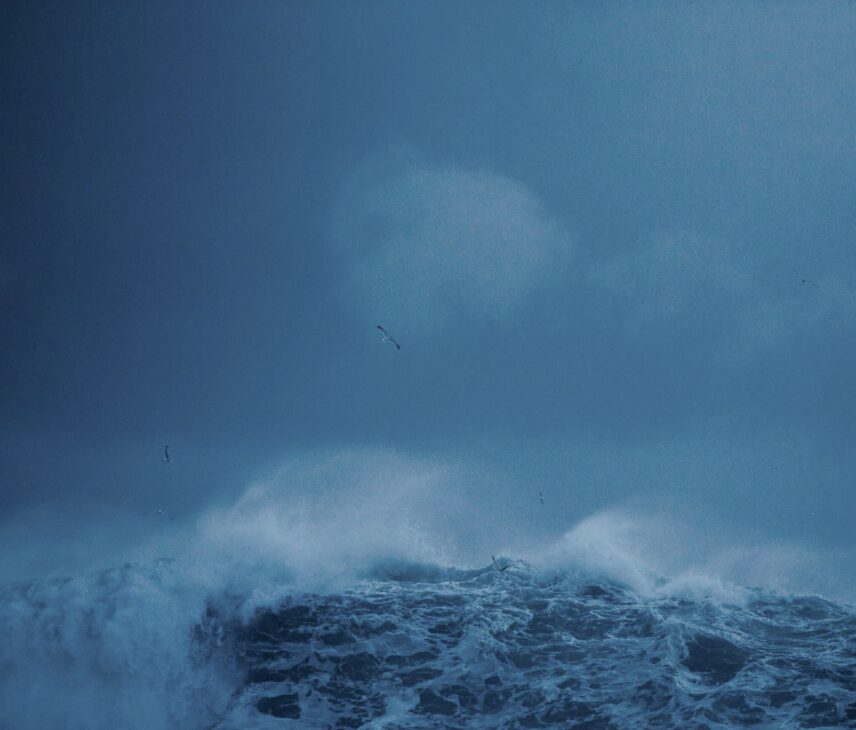
Oct 07, 2025
The Science of Storms: Why Tofino is Canada’s Storm Watching Capital
When you hear people talk about storm watching in Tofino, it might sound like nothing more than a cozy excuse to sip tea while waves crash outside your window.
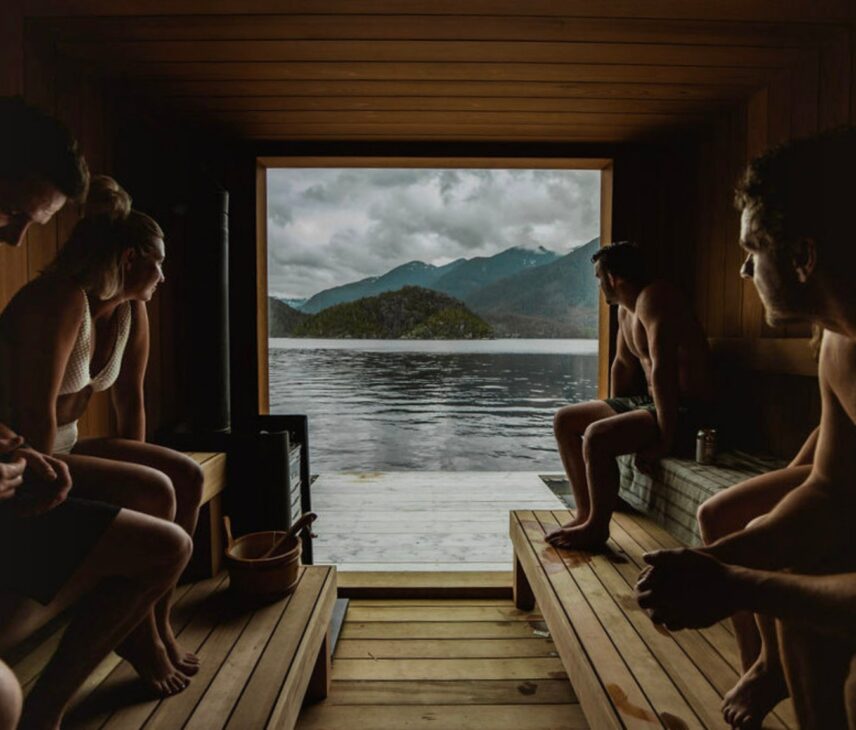
Sep 16, 2025
Introducing the Community Floating Sauna Experience for Tofino and Ucluelet Locals
Our Remote Floating Sauna has become one of the most sought-after wellness escapes in Tofino, and for good reason. Set deep within a UNESCO Biosphere Reserve on the traditional…
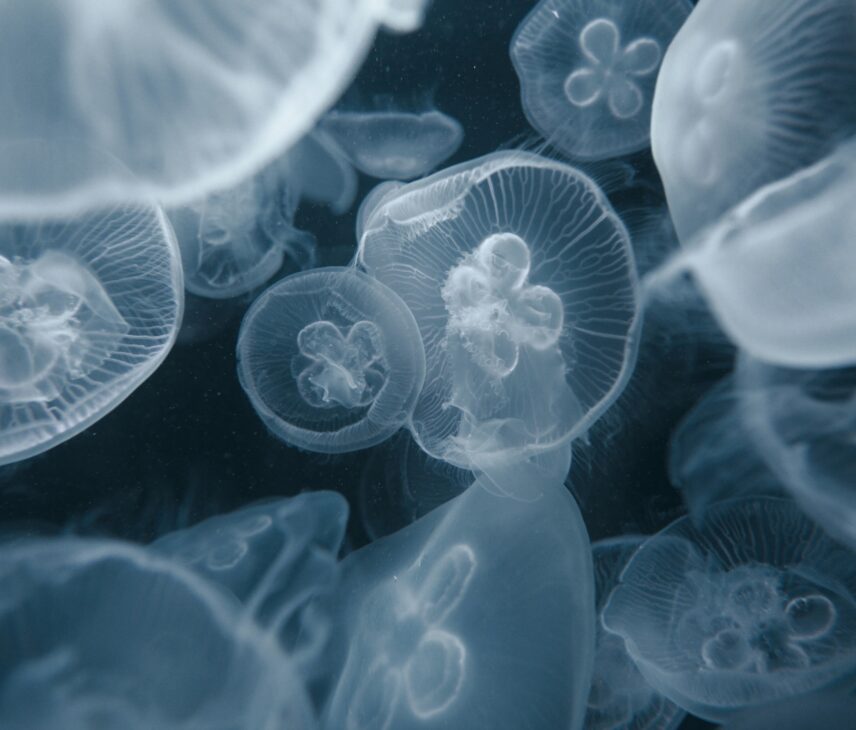
Sep 02, 2025
Tofino’s Ocean Oddities: Strange Creatures You Might Spot in September
When the summer crowds start to fade, Tofino takes on a quieter, almost secret side. The beaches feel emptier, the forests a little more mysterious, and the ocean… well,…
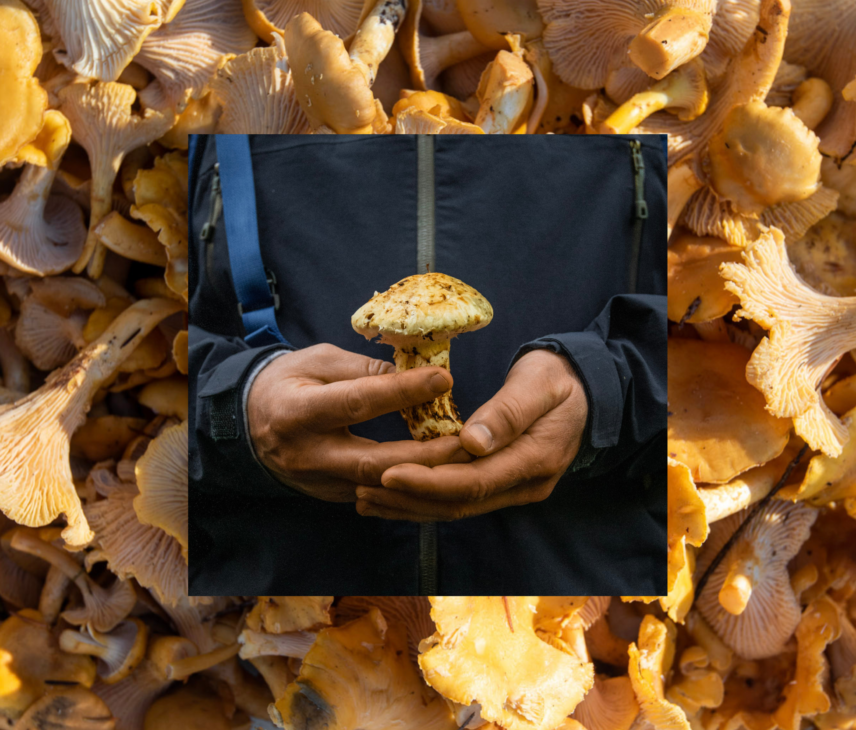
Aug 06, 2025
Your Guide to Fall in Tofino: A Wild, Delicious, and Wonderfully Quiet Season
As the vibrant energy of a Tofino summer begins to soften, the pace slows down, the beaches quiet, and the summer buzz gives way to something more relaxed. Fall…
